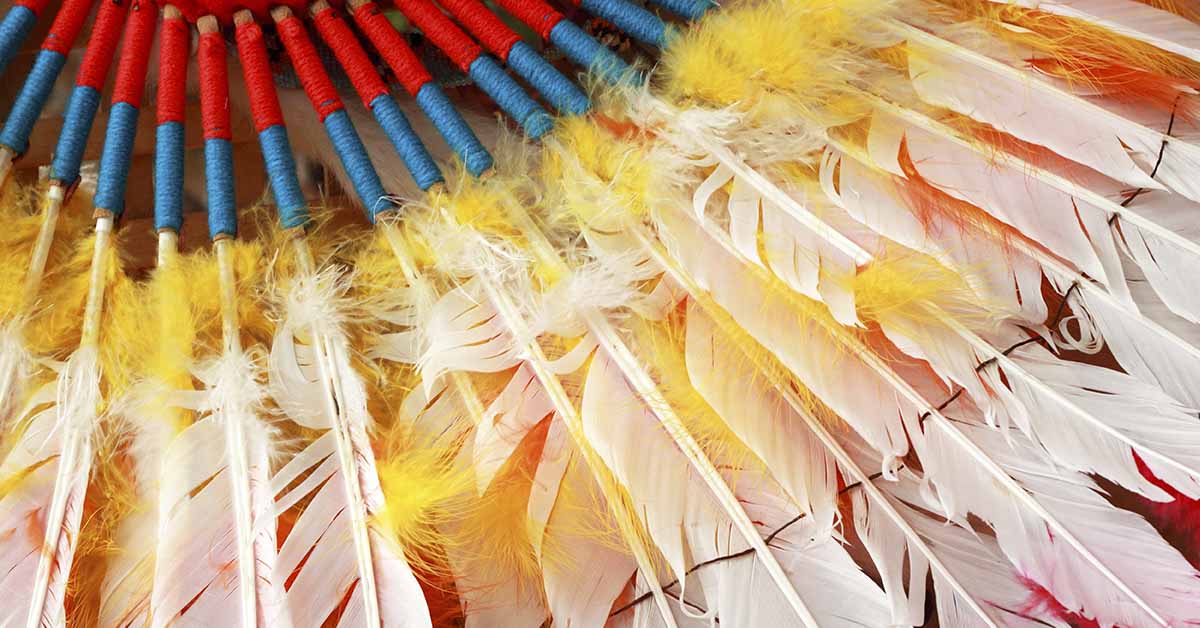New research discovered 500-year-old DNA of Native Americans across Asia, showing an unseen-before glimpse into the origins of these ancient people. The team examined the remains of three people who had died centuries ago by a river in the Kamchatka Peninsula in northeastern Siberia and found that their DNA indicated some North American ancestry. But their journey to America was not straightforward. In fact, the researchers found evidence of ancient people’s migrations throughout Asia. [1]
Ancient Trans-Continental Migration
The Bering Sea, the body of water separating Alaska and Russia, was historically used to travel between the two continents. This common route explains the study’s discovery, namely that Native American origins are more diverse than once thought. “This seems to also be a crucial region for us, for humans,” says Cosimo Posth, a paleogeneticist at the University of Tübingen, who led the research. “It might be that this was a corridor and crossroads for populations to mix.” [2]
The researchers analyzed over 100,000 modern and 15,000 ancient DNA samples from around Eurasia to find a rare lineage matching 39 ancient people and 216 modern people. So scientists set out to find the migration path of this lineage. “The idea of back migration makes the history of this area a bit more complex, but also a bit more realistic,” says Anders Götherström, a geneticist at Stockholm University who didn’t work with the study. “Humans have an amazing ability to get to places.” [3]
About 20,000 years ago, people in Siberia crossed the Bering Strait and traveled south into the Americas. The people had less trouble crossing than they would today because sea levels were lower during this time period. They could have journeyed across a frozen piece of land or took a boat from coast to coast. But about 11,500 years ago, the last ice age ended and the Bering Sea grew and separated the continents. However, that didn’t stop more people from migrating and mixing their DNA with Indigenous Americans.
Siberia, China, Japan, and Alaska
About 5000 years ago, these ancient people seemed to settle in Alaska and Northern Canada but before then, they traveled to Siberia and back, according to research from 2019. But that study couldn’t confirm if this journey was common or rare. Then Russian archaeologists found the remains of three individuals by the Kamchatka River. An international team analyzed the DNA in the excavated bones and discovered they were related to modern-day native people of Kamchatka as well as North Americans. So the researchers estimated a family tree that must’ve involved people crossing between Alaska and Siberia about 5000 years and again about 1500 years ago.
“We’re not able to say how many times these gene flow events occurred over the past 5000 years,” says Posth. “What we’re trying to say is that it could have been multiple, repeated events, or it could have been gradual, constant, continuous. It’s difficult to say, but clearly … it was a prolonged event.”
However, around the same time as the second migration, the team found evidence of this same lineage in Japan and northern coastal China. “The Asian ancestry of Native Americans is more complicated than previously indicated,” says first author Yu-Chun Li, a molecular anthropologist at the Chinese Academy of Sciences. “In addition to previously described ancestral sources in Siberia, Australo-Melanesia, and Southeast Asia, we show that northern coastal China also contributed to the gene pool of Native Americans.” [4]
Uncovering More About Native American Origins
This connection could explain the similarities in Paleolithic archeology in Japan, China, and the Americas. More specifically, they had crafted similar projectile points for spears and arrows. “This suggests that the Pleistocene connection among the Americas, China, and Japan was not confined to culture but also to genetics,” says senior author Qing-Peng Kong, an evolutionary geneticist at the Chinese Academy of Sciences.
This study sheds light on a new aspect of Native American origins but there are still many mysteries to uncover. “The origins of several founder groups are still elusive or controversial,” says Kong. “Next, we plan to collect and investigate more Eurasian lineages to obtain a more complete picture on the origin of Native Americans.” [5]
Sources
- “Mitogenome evidence shows two radiation events and dispersals of matrilineal ancestry from northern coastal China to the Americas and Japan.” Cell Reports. Yu-Chun Li. May 9, 2023
- “Ancient DNA Charts Native Americans’ Journeys to Asia Thousands of Years Ago.” Smithsonian Magazine. Brian Handwerk. January 12, 2023
- “Native Americans—and their genes—traveled back to Siberia, new genomes reveal.” Science. Michael Price. January 12, 2023
- “DNA Sheds Light On Mystery About Where Native Americans Came From.” IFL Science. James Felton. May 9, 2023
- “Evidence of Ice Age human migrations from China to the Americas and Japan.” Science Daily. Cell Press. May 9, 2023

